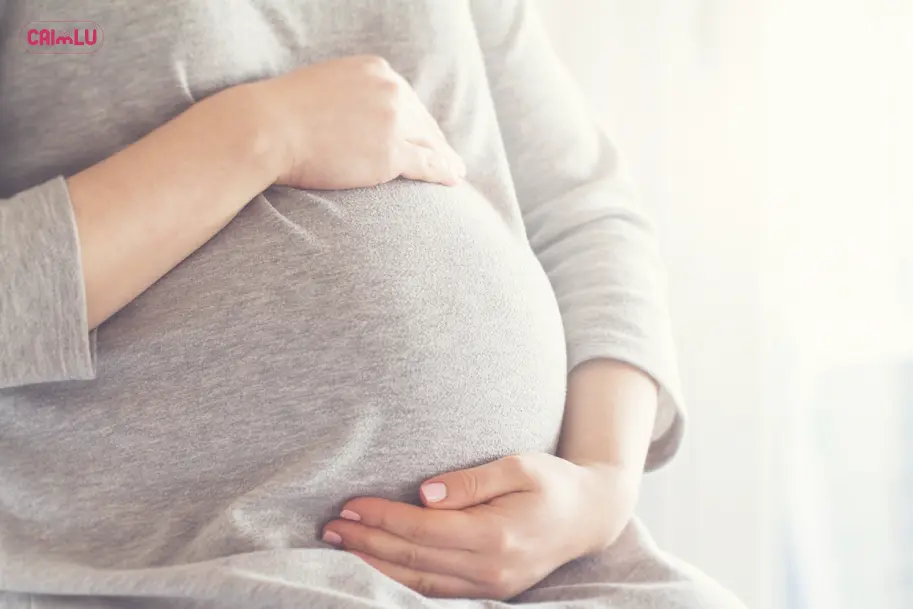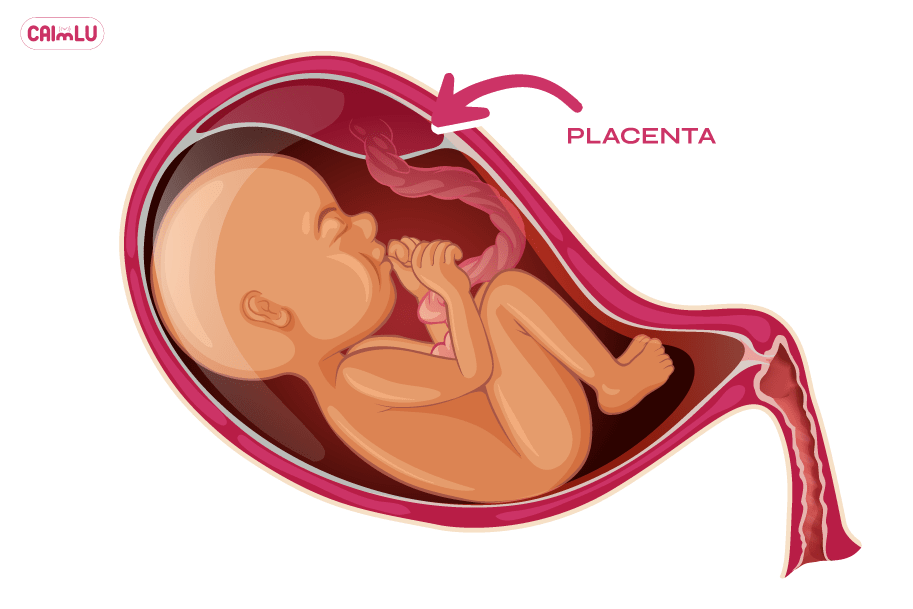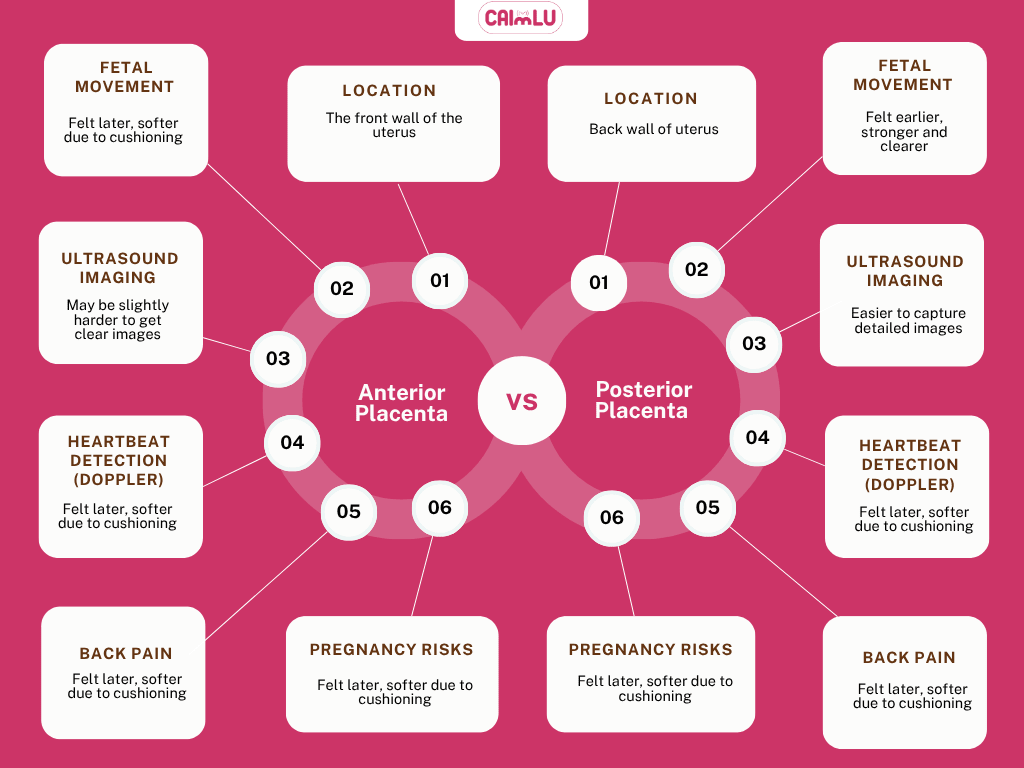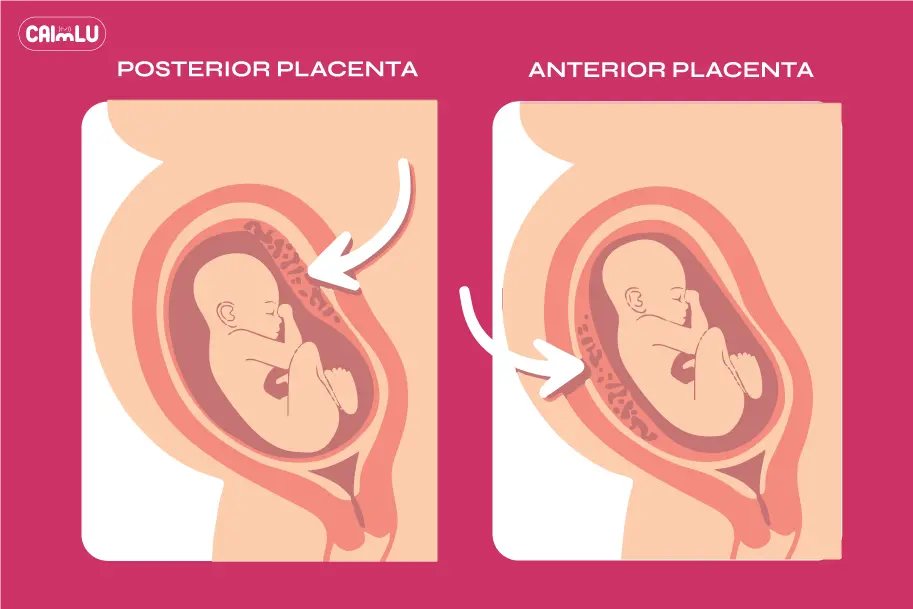Think of your child’s first kick. Think of the kick being delayed or ever so slightly accentuated depending on where the placenta is located. The position of the placenta—an organ critical to the nutrient and oxygen exchange—can influence your experience during pregnancy in more ways than one.
This guide differentiates anterior and posterior placentas to highlight their relevance concerning the course of a pregnancy, and most significantly, you and your child.

What Is the Placenta?
The placenta is considered an organ, one with a characteristic shape resembling a pancake, that:
- Develops in early pregnancy
- Provides oxygen and essential nutrients to the growing baby
- Acts as a filter for waste products
- Produces vital hormones

Understanding Placenta Placement
We should define the terms anterior vs. posterior placenta before we discuss anterior and posterior placentas.
Explaining Placenta Placement
The placenta settles on the uterine wall, and from there, it can implant in a variety of positions. Placenta terms show stages and “anterior” and “posterior” refer to relations with the uterus.
- Anterior Placenta: Located at the front wall of the body, the anterior placenta faces the uterus.
- Posterior Placenta: Placenta posterior means it is attached on the back wall of the uterus which is facing the spine.
A woman’s placental position is often visible between the five month to four five-month mark during ultrasound scans of the abdomen.
Choosing the right weight loss medication requires understanding how they work and their potential side effects. Did you know some medications can also affect your body’s ability to handle heat? Learn more about heat intolerance and medications to stay safe and informed while pursuing your weight loss goals.
Anterior Placenta: What Does It Mean?
An anterior placenta is one which is implanted in the front part of the uterus, closest to the abdominal wall. This situation is common and normal in pregnancy.
Possible Issues of Anterior Placenta
- Fetal Movement Perception: It may take you longer to feel your baby move because of the cushioning effect of the placenta.
- Ultrasound Imaging: It may be somewhat easier to obtain clear images during ultrasounds.
- Heartbeat Detection: The placement of the placenta may make it harder to detect the heartbeat with a Doppler.
An anterior placenta will most probably not cause complications regardless of the factors mentioned above.

Posterior Placenta: What Does It Mean?
The posterior placenta is located at the middle and is attached at the back wall of the uterus which is nearest the spine. This type of placentation, posterior, is regarded as normal and typically does not lead to problems during pregnancy or complications in most cases.
Effects of Having a Posterior Placenta
- Fetal Movement Detection: Movements by the fetus are detected as stronger and further increases due to lack of cushion effect interposing between the fetus and abdominal wall.
- Ultrasound Imaging: The view is good for obtaining sharp-angle images, which aid fetal monitoring.
- Heartbeat Detection: The ability to quickly determine the fetal heartbeat has greatly been enhanced through the use of Doppler.
As it is with the anterior position, posterior is normal placer and does not have much effect on the pregnancy’s progression.
Comparing Anterior and Posterior Placenta
For pregnant women, the phrases “anterior placenta” and “posterior placenta” often come with the questions, which one of the two is preferable, or is there any safety concern? In reality, both types are the medically normal forms of placentation and are unlikely to present any risks. Their primary difference lies in the location of the placenta and how it relates to pregnancy—fetal movement, detection of heartbeat, and clarity of ultrasound imaging.

Differentiating the placenta anterior vs posterior aids in understanding what each position entails. It also helps clarify what to expect during routine check-ups and how these placements, whilst discreet, might affect one’s pregnancy journey.
The chart below contrasts the major features to explain the posterior placenta’s meaning and its distinctions from the anterior:
| Feature | Anterior Placenta | Posterior Placenta |
| Location | The front wall of the uterus | Back wall of the uterus |
| Fetal Movement | Felt later and less intensely | Felt earlier and more intensely |
| Ultrasound Imaging | It may be more challenging due to front placement | Easier and clearer imaging |
| Heartbeat Detection | It may take longer to detect via Doppler | Typically easier to detect early |
| Pregnancy Complications | Rarely causes issues | Rarely causes issues |
| Back Pain | More common | Less common |
In case of both placements, placenta anterior vs posterior, they lie within the normal range of placental positions and do not interfere with the growth of the fetus or the fetus’s life after delivery.
When the healthcare provider mentions that the “placenta is posterior,” which is the back of the uterus, they usually imply that fetal movements are going to be felt earlier and more prominently. While on the contrary, when they say “placenta anterior,” they simply mean it is located towards the front, which dampens, to some extent, the impact of the kicks felt.
As a conclusion, posterior placenta means that movements would be felt slightly earlier, but both are equally beneficial to a pregnancy.

Can The Placenta Shift Positions During A Pregnancy?
Yes, the placenta can change position as the uterus grows. A low-lying placenta, for instance, may rise and increase distance from the cervix, thereby reducing the chances of problems. However, some positions, like placenta previa, where the placenta covers the cervix, can be difficult and often require intervention.
Medical Issues: The relevance of the Location of the Placenta
Specific circumstances regarding the position of the placenta may be of importance during the pregnancy term in some peculiar cases:
- Placenta Previa: This complication refers to the position of the placenta where it is located over or in front of the cervix. This may cause obstructed labor.
- Placenta Abruption: This is a complication of bleeding that arises as a result of the abnormal separation of the placenta from the uterine wall prior to its being timed to separate.
These conditions are manageable and observable with regular prenatal visits, as the patient has them quite frequently.
Concluding Remarks
Informed by the anterior and posterior placenta positions, the stages of your pregnancy journey can differ. Although these positions may impact the timing and manner in which you notice your baby’s movements, they do not usually influence the health of the pregnancy. Discuss specifics and additional questions with your healthcare professional.
Each individual has their unique story, which is holistic in nature. One of the many aspects that determines the placenta’s contribution to how the pregnancy journey may progress includes its positional relevance.
